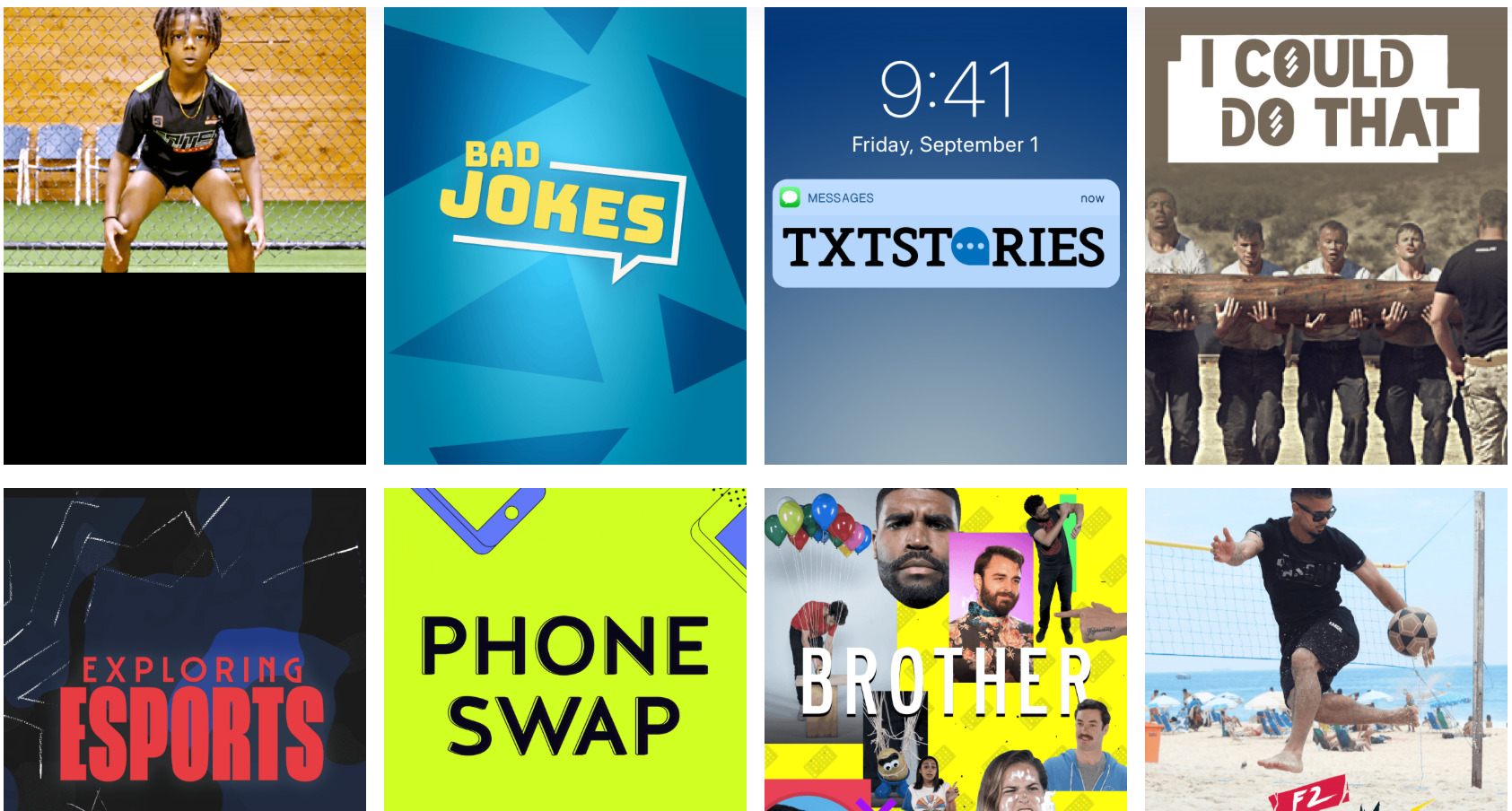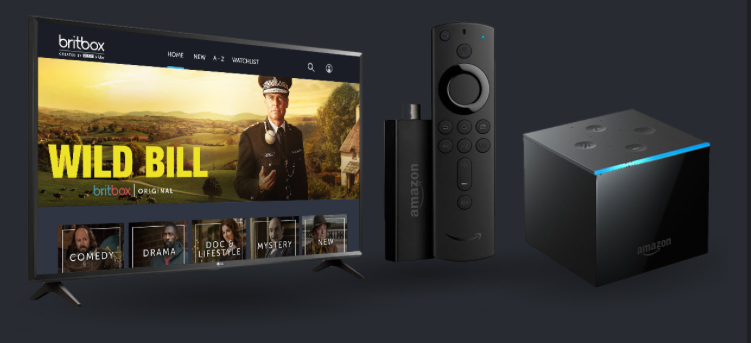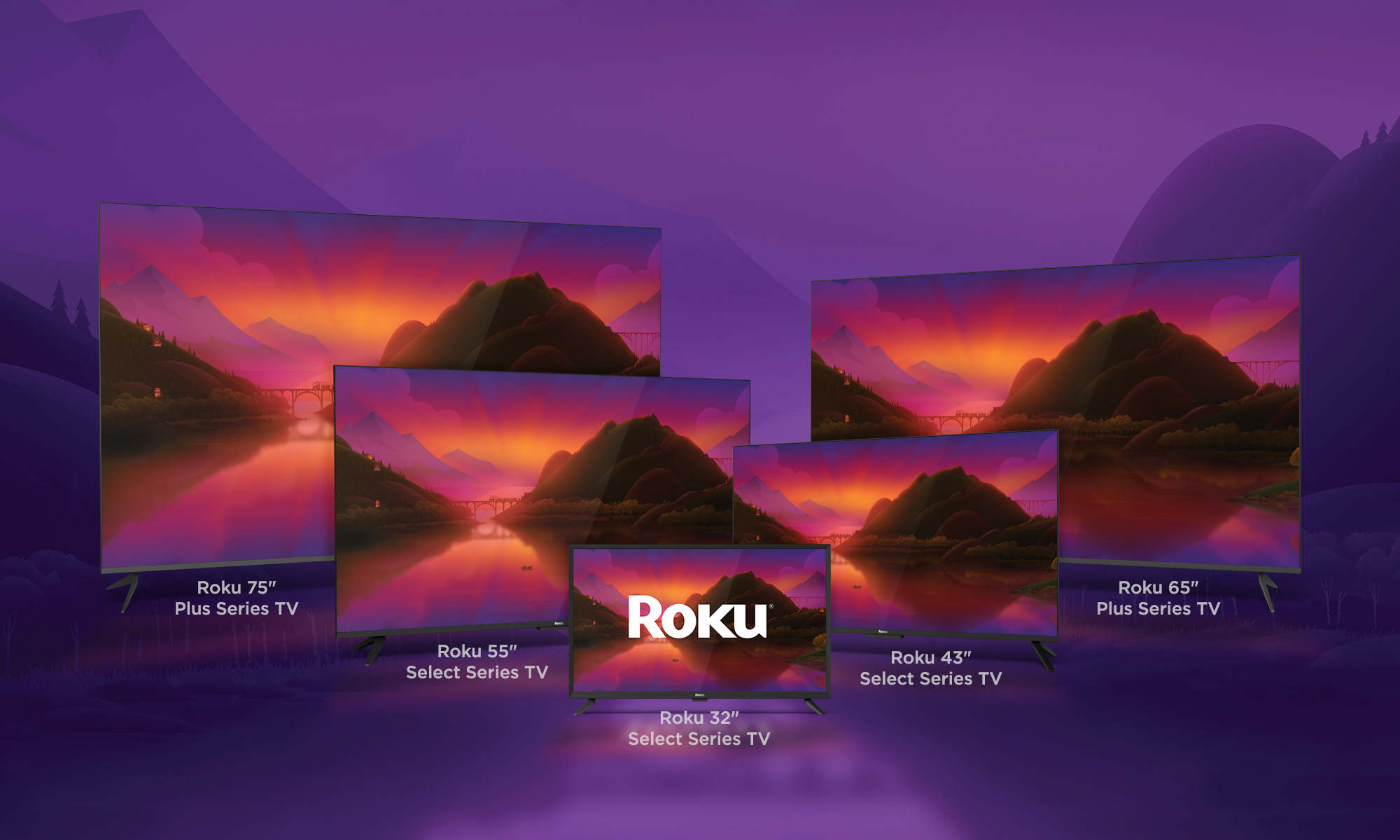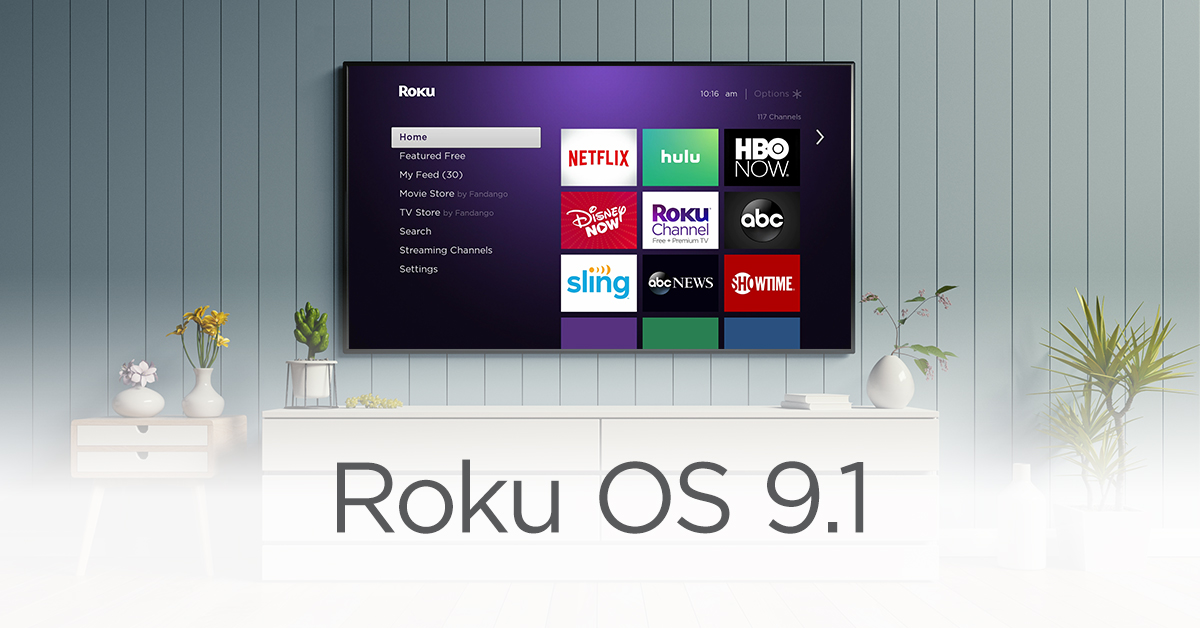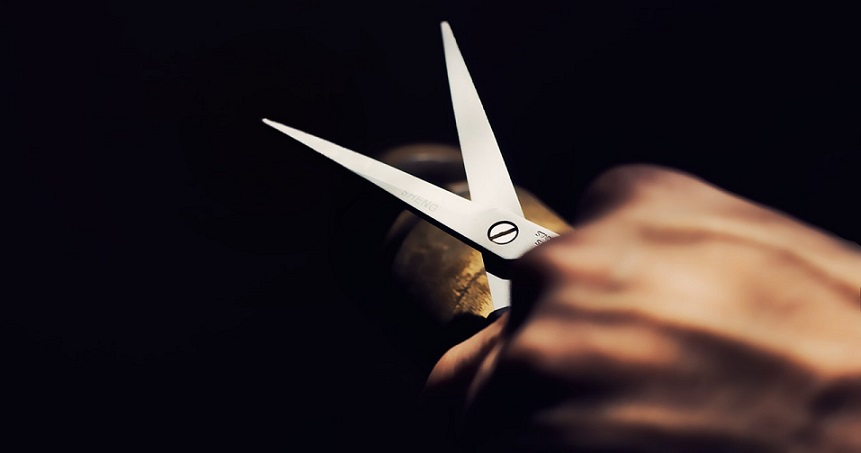Team Whistle is beginning to see a major trend when it comes to streaming preferences amongst members of Generation Z. The youngest generation does not identify with the same media brands that those who came before them did. This is not only good news for Team Whistle but for emerging media brands across the digital spectrum. Team Whistle is a digital native company that has spent years cultivating its brand through YouTube to meet the needs of this younger generation which was seemingly born with a connected device in their hands.
A recent survey shows that this upcoming generation, which will have a great deal of buying power over the next decade has a growing preference when it comes to TV. Free. This is not to say that free is not a good price to the older generations. But in a world full of niche streaming services and premium streaming services and data plans subscription fatigue, this upcoming generation which grew up consuming information and entertainment from digital sources does not value major network brands, or even leagues and organizations as much as it craves easy to digest content.
The understanding of the trend towards digital and digestible is what led to the big swing and miss that we all know as Quibi. But where Quibi got it wrong (expecting audiences to pay to watch mobile-only content) a number of brands are getting it right.
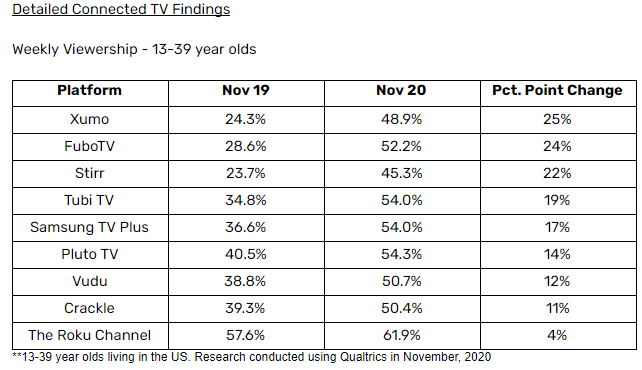
Viewers between the ages 13-39 are embracing free internet-based content on a level that belies the old paradigm that you have to spend money to make money. Numbers of viewers on products like XUMO and Pluto TV or Stirr show that without expansive budgets, users will flock to free services that provide them what they need over time whether it is news, entertainment, or sports highlights. This is not to say that these companies don’t spend money on their products. But in comparison to the billions Netflix or Disney+ spends it is a night and day difference. The study which looked at viewership trends from November of 2019 through November of 2020 also looked at viewership with of pay-TV service, Fubo TV. This choice was made because Team Whistle has been a destination for sports content since its launch and FuboTV is similarly marketed as a sports-centered digital destination. The interesting thing is when you dive in on the brands on the list a lot of them are parts of major established companies. XUMO is owned by Comcast, Pluto by CBS, Tubi by Fox. But those companies are choosing not to brand that way.
The viewership growth on team Whistle’s free streaming platforms and even fubo TV is impressive. These services provide a mix of live and archived content while providing very little original scripted content. Not that the content isn’t original. It is just not written and filmed in a way that requires the infrastructure and marketing might that traditional companies employ. Yet they have been building an audience consistently year in and year out. Why? Team Whistle says it’s because younger viewers are

more concerned with stories behind the personalities behind TV shows and sports teams than they are simply passively watching an event or scripted series. The fact that Stephen Cury is a great basketball player who can shoot from long range without missing for long periods of time is not any more important to younger viewers than his excellent interview with Dr. Anthony Fauci during the COVID-19 pandemic. What kind of wine is Steph drinking these days, what does Lebron James do with the kids on a day out?
This is a generation that enjoys qualitative experiences whether it be in their own lives and the lives of celebrities. And it may be because of their life experiences. In a March 2020 Pew Research Center survey, half of the oldest Gen Zers (ages 18 to 23) reported that they or someone in their household had lost a job or taken a cut in pay because of the outbreak. And because this generation is currently over-represented in service sector jobs (people who work on tips and suffer when the economy does) this past year has been tough. This might be why a free app that can be found on a phone or a YouTube channel can build a loyal audience easier than a premium service like HBO Max at $14.99 can. If someone can enjoy killing time with free content as much as they do with West World, then free wins. In a related study, a report from IBM shows that Gen Z consumers embrace new technology. But not because of the glitz and shiny of it all. They look for technology that allows them to engage their favorite brands on their terms. These consumers want “direct value that is tailored to them individually and the ability to co-create an experience that is uniquely their own”.
This is a perfect storm for digital media based companies that have been on platforms that allow for personalized curation since their starts and bad news for brands that have depended on name recognition alone to drive the point forward. CBS means something to a large segment of the population. It means Dan Rather, it means The NCAA Tournament or The NFL, or even CIS. But to the younger generation, it is nothing other than the letters that come after B, A and R. And with the way TV is being further broken down by apps and services instead of channels there is little reason to expect this to change. Regular Hulu viewers don’t care what network a show comes on, they just want to watch it.
The digital move is hardly confined to phones. Team Whistle representatives shared with the Streaming Advisor what many already know, that connected TV viewing has accelerated in the last couple of years. The company has made a major investment in this space and has built up 30 distribution points so that customers who have grown up with the brand can find it everywhere they go.
Gen Z viewers are in many ways a sleeping giant and brands that fail to understand how to reach out to them and build the audience are doing so at their own peril. Take MLB for instance. We call baseball America’s Pastime. But for the viewer of tomorrow, the game may well just be the past. MLB is almost exclusive to cable and even RSN’s (Regional Sports Networks). Because Team Whistle has found that a lot of Gen Z viewers don’t have cable and don’t think about it watching a game for 3 hours is foreign to them. They grew up watching highlights and interviews. And unfortunately, baseball is still a league built around numbers, RBI, Left-handed batting percentages etc. Team Whistle’s viewers don’t tune in to see how a closer finishes a game and don’t appreciate the strategy involved with a sacrifice bunt. Gen Z wants content that is sharable and fun. Its research has found that Gen Z follows players as opposed to teams why Gen Z has seen a shift towards nontraditional sports like its Dunk League brand.
So. Note to media companies, leagues, and other brands. If you want the customers of tomorrow you have to go where they are. They are not going to see your display at the mall, or hear about you because of your commercial at the Super Bowl. Because they don’t shop at malls and don’t tune into long games. They would rather watch a video compilation of funny Super Bowl ads and watch a sports personality react to them. Companies like Team Whistle and brands like Tubi TV, XUMO and Pluto are leading the way forward. Free is a great price. And those who can’t offer it will pay one.

